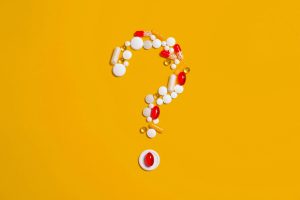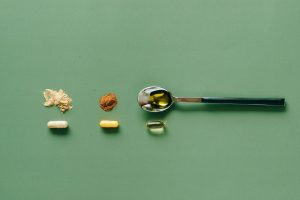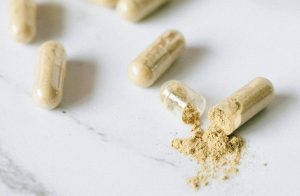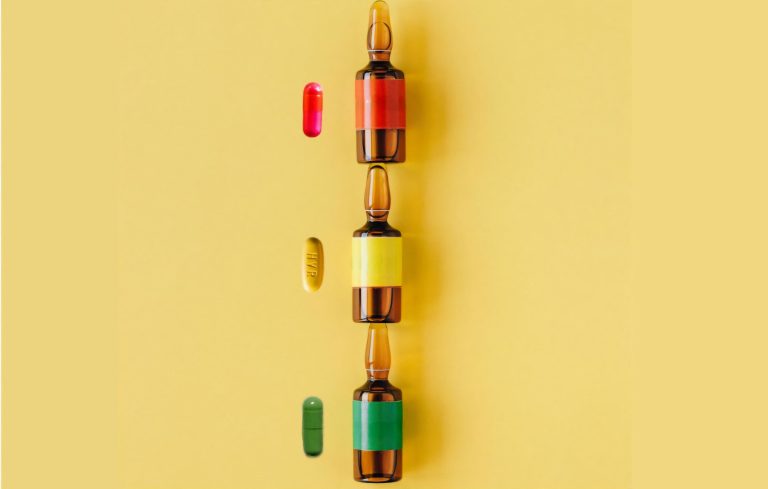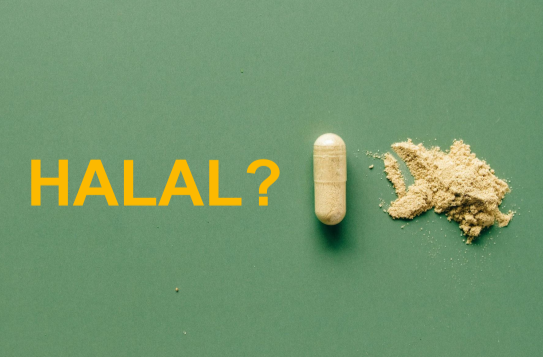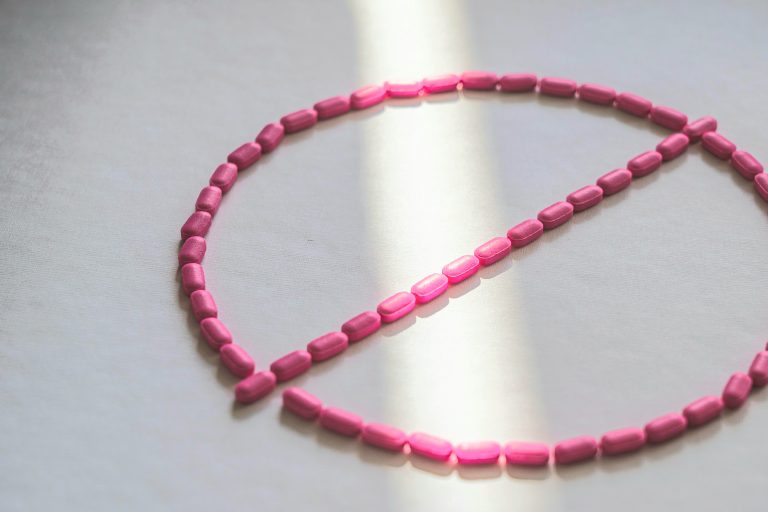Chinese hamster ovary cells in medicines
This resource on chinese hamster ovary (CHO) cells, is for the Muslim community (including patients, carers, parents and members of the public). Healthcare professionals may also find this resource useful when supporting people with gathering and understanding information about their medicine(s).
It highlights the issues of CHO cell use in medicines that you should be aware of. There is a table to help you understand if CHO cells are halāl or harām according to each of the four Sunni schools of thought.
What are CHO cells?
CHO cells are derived from the epithelial cell line of the ovaries of the Chinese hamster. The Chinese hamster is a small rodent native to China and Mongolia.1Derived from cochil beetles

Chinese hamster
How CHO cells are used in medicines
Due to their similarity to the human cell system, CHO cells are used as host cells to make medicines such as vaccines and biologics (also known as a biopharmaceuticals or biologicals). 2
Biologics are used to treat severe inflammatory diseases, autoimmune diseases, and some cancers.2 Biologics are made from living cells and include recombinant proteins, monoclonal antibodies, human growth hormones, cytokines, clotting factors.3
CHO cells are not used as an ingredient or excipient but they are used as host cells in the production of biologics and vaccines. The therapeutic proteins needed for biologics and vaccines are produced in the CHO host cells. Genes are inserted into the CHO cells and instruct them on how to make the protein. The protein is then extracted from the CHO cell and purified to make the medicine (biologics and vaccines).
Examples of biologics that are made using CHO cells may include:
- Adalimumab – used to treat autoimmune diseases e.g. rheumatoid arthritis, Crohn’s disease and ulcerative colitis
- Alteplase – used to treat acute ischemic stroke
- Bevacizumab – used to treat various cancers
- Etanercept – used to treat rheumatoid arthritis
- Infliximab – used to treat autoimmune diseases e.g. rheumatoid arthritis, Crohn’s disease and ulcerative colitis
- Rituximab – used to treat certain lymphomas and rheumatoid arthritis.
These medicines are usually specialist medicines initiated by a specialist.4
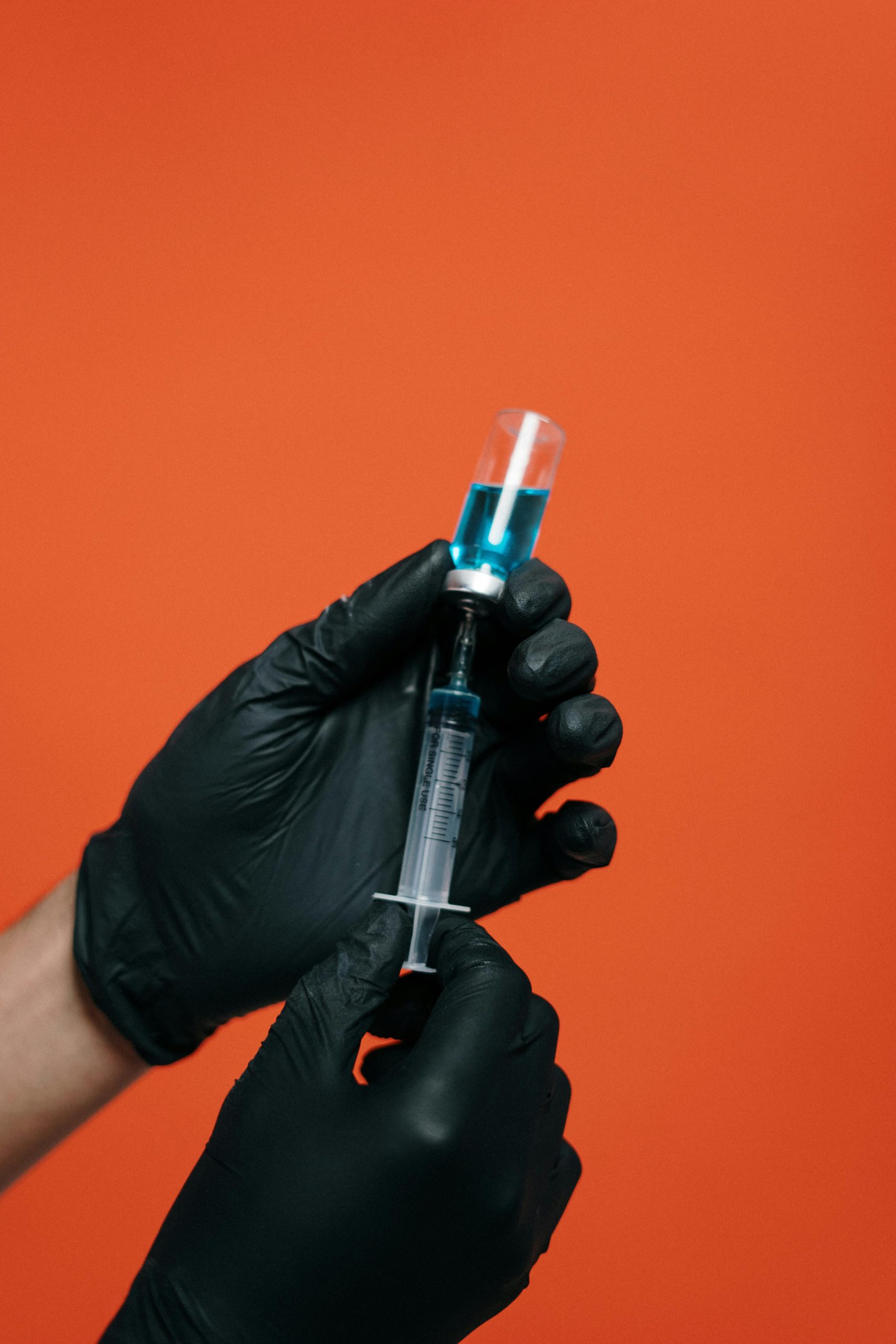
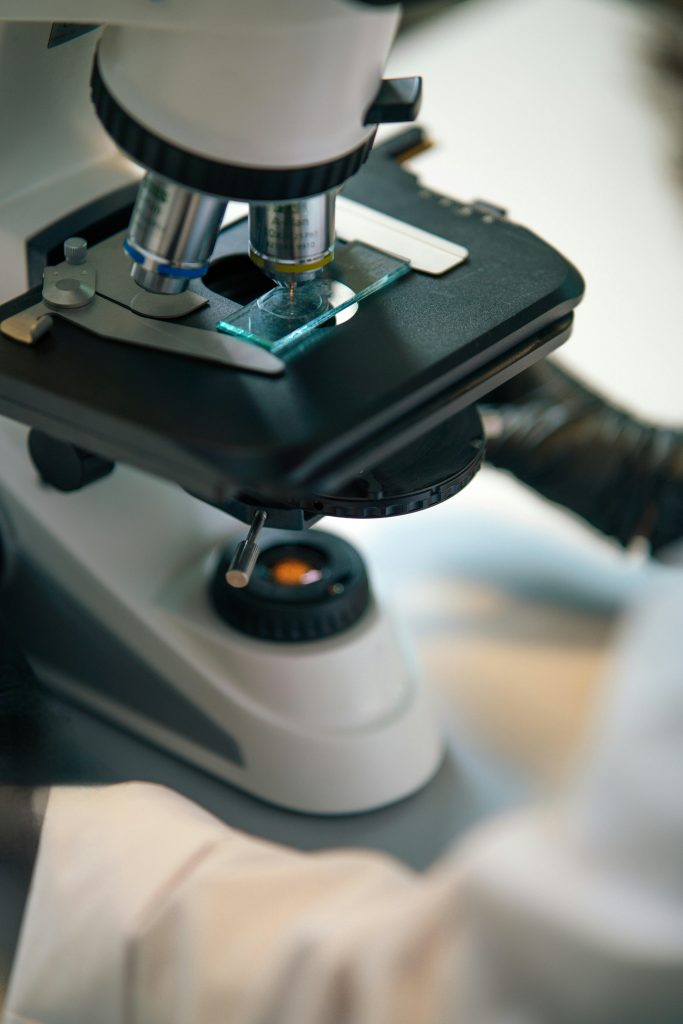
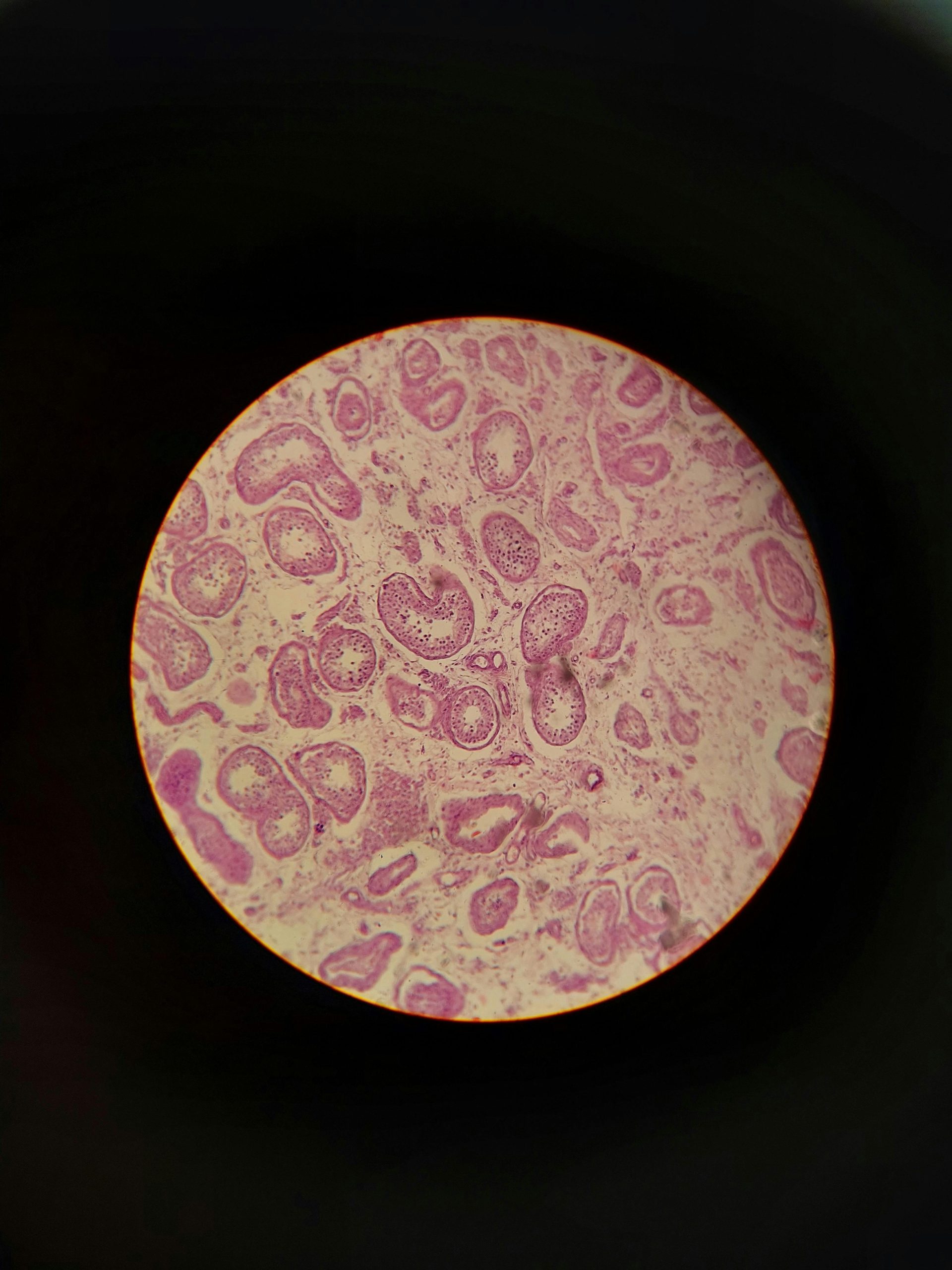
How the use of CHO cells in medicines affects the Muslim community
The Muslim community needs to be aware that CHO cells are derived from the epithelial cell line of the ovaries of the Chinese hamster. Animals such as hamsters are rodents, which are harām to consume.
It is important for the Muslim community to:
- Check if the medicine you are taking is produced using CHO cells.
To find out this information, see section on ‘How do I find out if a medicine is produced using CHO cells?‘. You may need to directly contact the manufacturer of your medicine. You can also speak to your local pharmacist for advice and support.
Are CHO cells halāl or harām?
The table below summarises the ruling of CHO cells according to the four Sunni schools5:
| Source | Ḥanafī | Mālikī | Shāfiʿī | Ḥanbalī |
|---|---|---|---|---|
| CHO cells | ❌Harām to consume | ❌Harām to consume | ❌Harām to consume | ❌Harām to consume |
The majority of Islamic scholars generally agree that vaccines produced using cell lines from harām animals are impermissible in Islam. The ruling is based on the principle that anything derived from a harām source remains harām or, any material from a legally impure (najis) source remains legally impure (najis), unless a complete and accepted transformation (istiḥālah) occurs. Istiḥālah is the complete chemical transformation of a legally impure (najis) substance into a completely new substance that is considered legally pure (ṭāhir). For more information on istiḥālah see our guide on ‘Islamic rulings on the halāl and harām in medicine and food’. In this case, istiḥālah does not take place. Even though the CHO cells (rodents) are filtered and removed in later stages of the medicine production process, cell culture methods in vaccine production do not alter the essential properties of the CHO cells (i.e. transformation (istiḥālah) does not occur) and they remain legally impure (najis) and impermissible. There has still been cross-contamination with the legally impure (najis) source regardless of filtration.
Halāl alternatives and substitutes
It is important to note that medicines that use CHO cells are usually specialist medicines, and often there are no halāl alternatives available.
You should seek further advice from your healthcare professional if you are taking these types of medicines.
How do I find out if a medicine is produced using CHO cells?
You can check if a medicine is produced using CHO cells using the relevant patient information leaflet (PIL) or summary of product characteristics (SPC) which is available on the electronic medicines compendium (emc) website. Medicines that have been produced using CHO cells are usually specialist medicines initiated by a specialist. CHO is not an ingredient or excipient, therefore information on CHO use may not be listed in the PIL. However, this information is usually available in the SPC under the section on ‘Qualitative and quantitative composition’ instead of ‘List of excipients’. You may need to contact the manufacturer directly to find out. You may also find our resources on ‘How to find out if a medicine contains harām ingredients or excipients’ useful. If you are still unsure if your medicine is produced using CHO cells, speak to your local healthcare professional such as your local pharmacist.
It is important to remember that even if a medicine contains a harām ingredient or excipient, it does not always mean it is prohibited to take. If you find out a medicine contains harām ingredients or excipients from harām sources, then see our guide on ‘What to do if a medicine contains harām ingredients or excipients’. The guide includes the conditions of when it is acceptable to take a medicine that contains harām ingredients or excipients from harām sources. It may also help you make informed decisions on the next steps in discussions with your healthcare professional. If you are still not sure if it is permissible to take your medicine, then speak to your local Imam or trusted Islamic scholar (ideally who has relevant knowledge and expertise in the Fiqh of medicines).
Summary
- CHO cells are harām because they are derived from a harām source (hamsters are rodents)
- You can check if the medicine you are taking is produced using CHO cells using the PIL or SPC. If you are unsure, then speak to your local pharmacist
- If you are unsure if your medicine is permissible to take, then speak to your local Imam or trusted Islamic scholar (ideally who has relevant knowledge and expertise in the Fiqh of medicines).
References and further reading
- Evitria CHO cells – 7 facts about the cell line derived from the ovary of the Chinese hamster. Accessed 14.3.2025 from: https://www.evitria.com/journal/cho-cells/cho-cells/#:~:text=As%20the%20name%20suggests%2C%20Chinese,toxicity%20assays%20and%20gene%20expression. ↩︎
- Luther, E. (2025) Biological treatments, DermNet®. Available at: https://dermnetnz.org/topics/biologics. Accessed: 10 June 2025. ↩︎
- Glinšek, K., Bozovičar, K., & Bratkovič, T. (2023). CRISPR Technologies in Chinese Hamster Ovary Cell Line Engineering. International journal of molecular sciences, 24(9), 8144. Accessed: 10 June 2025. Available at: https://doi.org/10.3390/ijms24098144 ↩︎
- British National Formulary (BNF) https://bnf.nice.org.uk/ ↩︎
- Islamic use of Hamster Ovary by Shaykh Dr Rafaqat Rashid ↩︎


